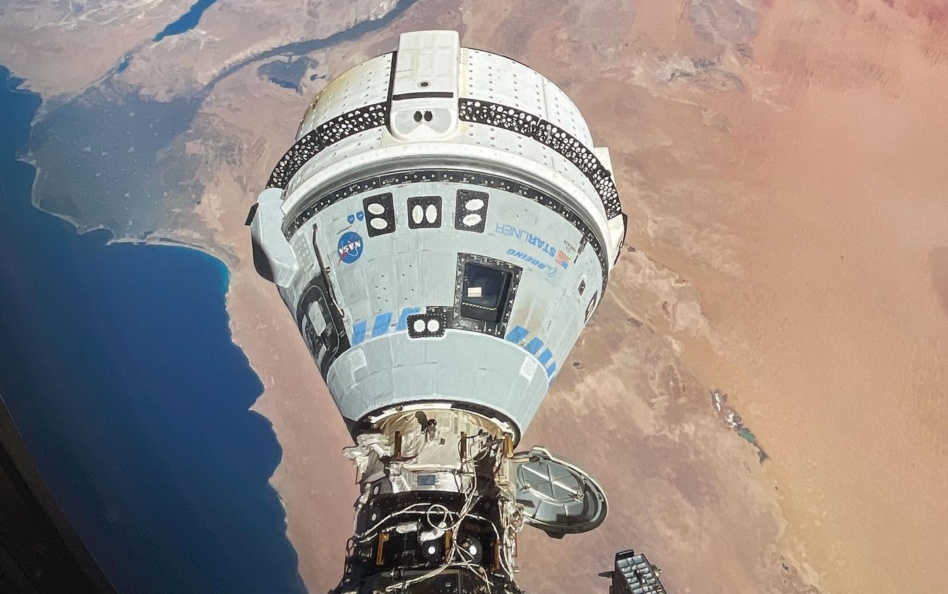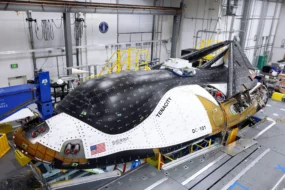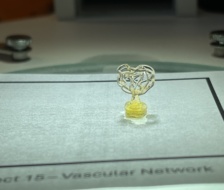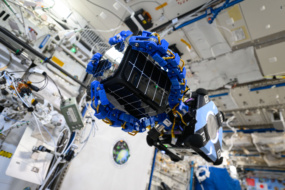The Starliner crew capsule will hurry up and wait at the ISS for several more weeks while officials conduct Earthside thruster testing in White Sands, NM. Only then will astronauts Butch Willmore and Sunita Williams receive the green light to complete the vehicle’s shakedown cruise and return to Earth.
Boeing and NASA officials insisted that Starliner is in fine condition, despite helium leaks and anomalous thruster behavior. “We understand these issues for a safe return,” Boeing program manager Mark Nappi told reporters Friday. “We don’t understand them enough to fix them permanently.”
Certifying this vehicle for its six contractual flights is the point of this mission, so the quest for a permanent fix makes sense, but officials couldn’t quite explain why the vehicle needed to remain on station until the ground test campaign’s completion, turning the 10-day flight into a multi-week (or multi-month) stay.
Better safe than sorry: NASA commercial crew program manager Steve Stich said “engineering teams convinced the management teams, on both the Boeing and NASA sides, that it was wise to go do a test” while astronauts were safe on station. Then, after replicating various flight scenarios in a vacuum chamber, the engineers can tear apart the propulsion units to assess them directly.
While Nappi at first said there was little that could be changed about Starliner on station, Stich said data from the tests could lead engineers to avoid using certain thrusters or change the firing sequences during undocking and the deorbit burn.
Asked why these tests began more than two weeks after Starliner arrived at the station, a NASA spokesperson told Payload the “decision was made after teams spent time working to determine what type of ground testing would be meaningful to better inform operational decision-making.”
That, at least, suggests a less than complete understanding of the vehicle.
It’s only a test: NASA and Boeing officials were upset with media coverage that characterized astronauts as being trapped on the ISS. Nappi said Google alerts for news about his vehicle were “pretty painful.” It’s worth underlining that this is a test flight that’s intended to reveal challenges with the vehicle, but that’s why transparency about them is so important.




